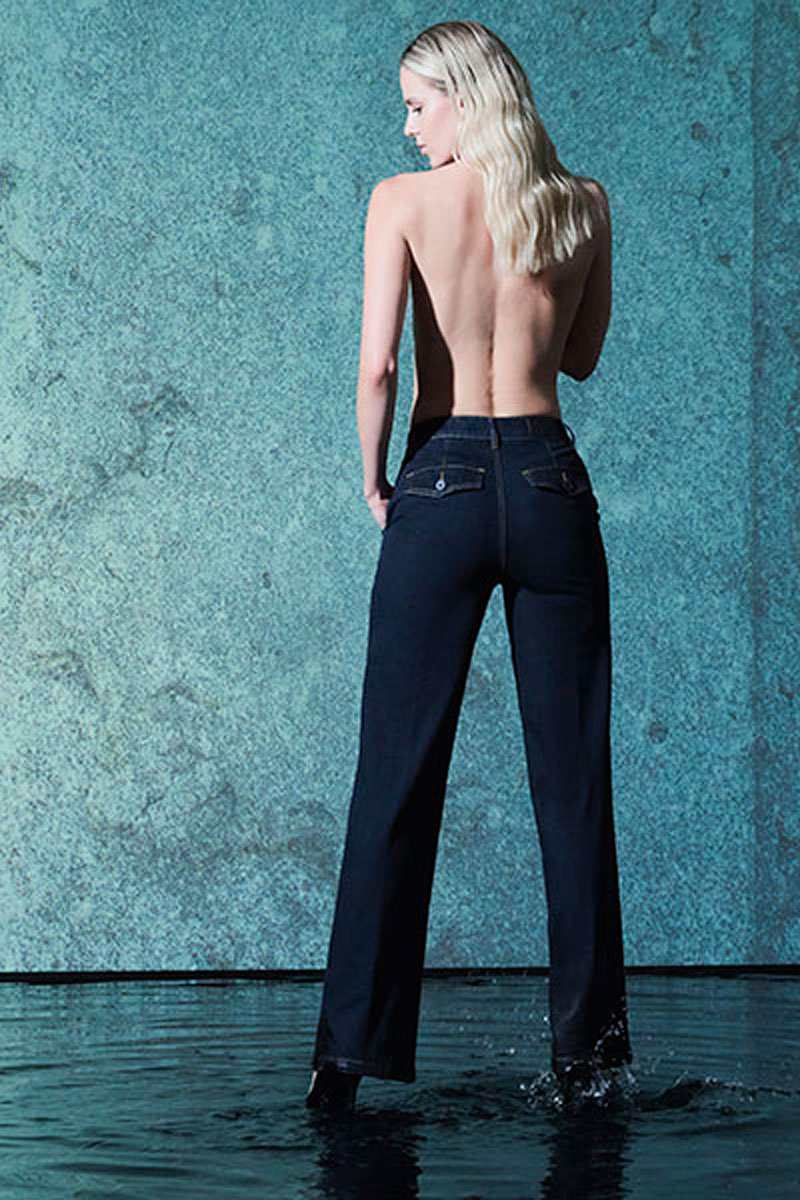Sustainable fashion: trends for 2023

One of the trend words of the 2023 network is green. Sustainability is the social imperative of our age: we are all called upon to be more vigilant on issues such as reducing consumption, decreasing waste and focusing on recycling.
The fashion industry is called upon to play its part, not least because it currently ranks second in the category of the most polluting business sectors. This is why in recent years, fashion houses have been keen to put a twist on the notion that the fashion industry could not get along with sustainability. The common idea is that a world that lives on often seasonal products drives more consumption and thus more waste; in reality, the real difference is made by user behaviour and production methods.
In short, no one is forcing us to give up shopping or to follow the advice coming from the catwalks; we are simply called upon to buy less but better, focusing on quality products that are perhaps a little more expensive and then save money by avoiding impulse purchases. There is a need to simplify, to have fewer objects in the home – even clothes, in fact -, to move towards a minimalist style, abandoning the concept of accumulation in the name of ‘you never know what you might need one day’.
Companies, for their part, are doing their part by studying new packaging methods that reduce waste and have less impact on the environment. So let’s see what the trends are for 2023, not only in terms of style and colours, but also in terms of sustainability.
Eco-friendly materials
As mentioned, one of the ways to make fashion more environmentally friendly is to intervene at the production level, both in terms of the choice of fabrics and materials and the reduction of energy consumption. A double objective is achieved thanks to recycled fibres: this means less consumption of new fabrics, reduced productivity and recycling of those that would otherwise increase the waste pile.
Circular fashion
Circular fashion is a way to talk about buying used clothes? Yes and no. Yes, because even big companies, such as the giant Kering, which owns among others Gucci and the ever-present Amazon, are opening up to the sale of second-hand clothes. No, because you have to forget the idea of stalls in the square with clothes sold in bulk at bargain prices. In this case we are talking about luxury second – hand, garments and accessories from the big names coming back onto the market. These are clothes that one wears even once for a unique and unrepeatable event, at which point one finds oneself having to choose between leaving them for years – or decades – in the wardrobe or sadly stuffing them into the rubbish heap. The third option is resale, so as to keep quality garments alive, and thus designed to last, even if you certainly cannot wear them every day.
Genderless fashion
Stylists have brought fluid clothes to the catwalks, capable of tuning in to a world that is slowly softening the distances and differences between people. And precisely the genderless fashion can come to the aid of sustainability. Garments that can be worn by both men and women, or by anyone who does not wish to fall into these categories but creates others, allow produce less, transport less and clutter up the shops less, with a general saving of energy sources and materials. And it is also an advantage in the home: the same jacket can be passed on from him to her, so that you have a renewed wardrobe without tapping the market.
Focusing on technology
Again in terms of eco-friendly production, help comes from technology. Automating certain processes means producing faster, and therefore with less energy consumption. But it also means improving certain stages of production that today are not only polluting, but are also unethical towards workers.
Consumers today are very attentive to the impact a brand has on society, want to know the production chain of a fabric or garment, and would be willing to stop buying from a brand that does not behave ethically. Improving working conditions therefore not only helps the workers themselves and the environment, but also increases the company’s brand identity with a medium-term economic return.
